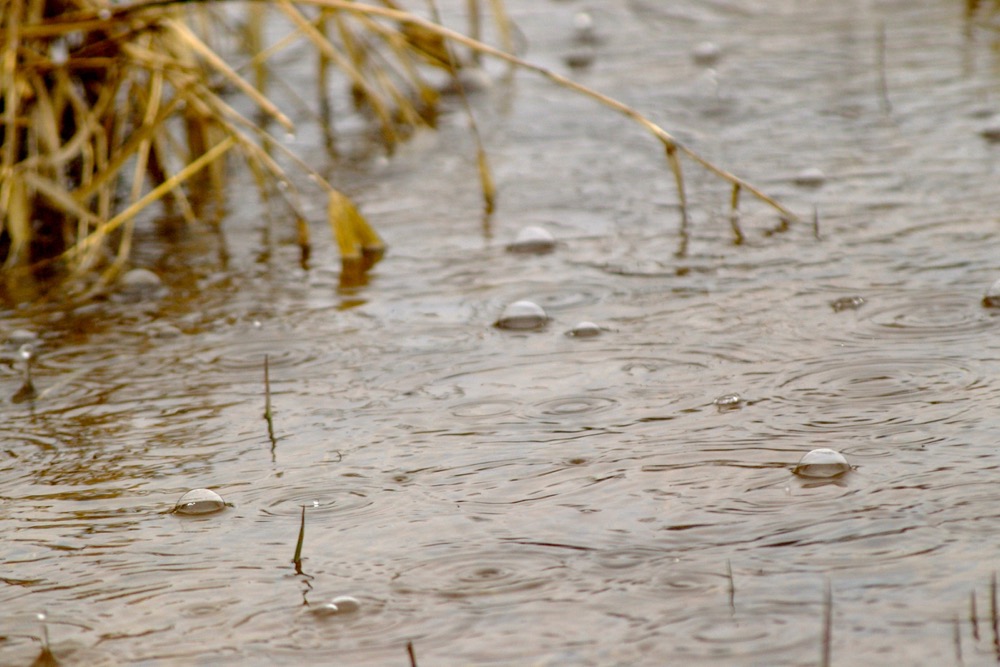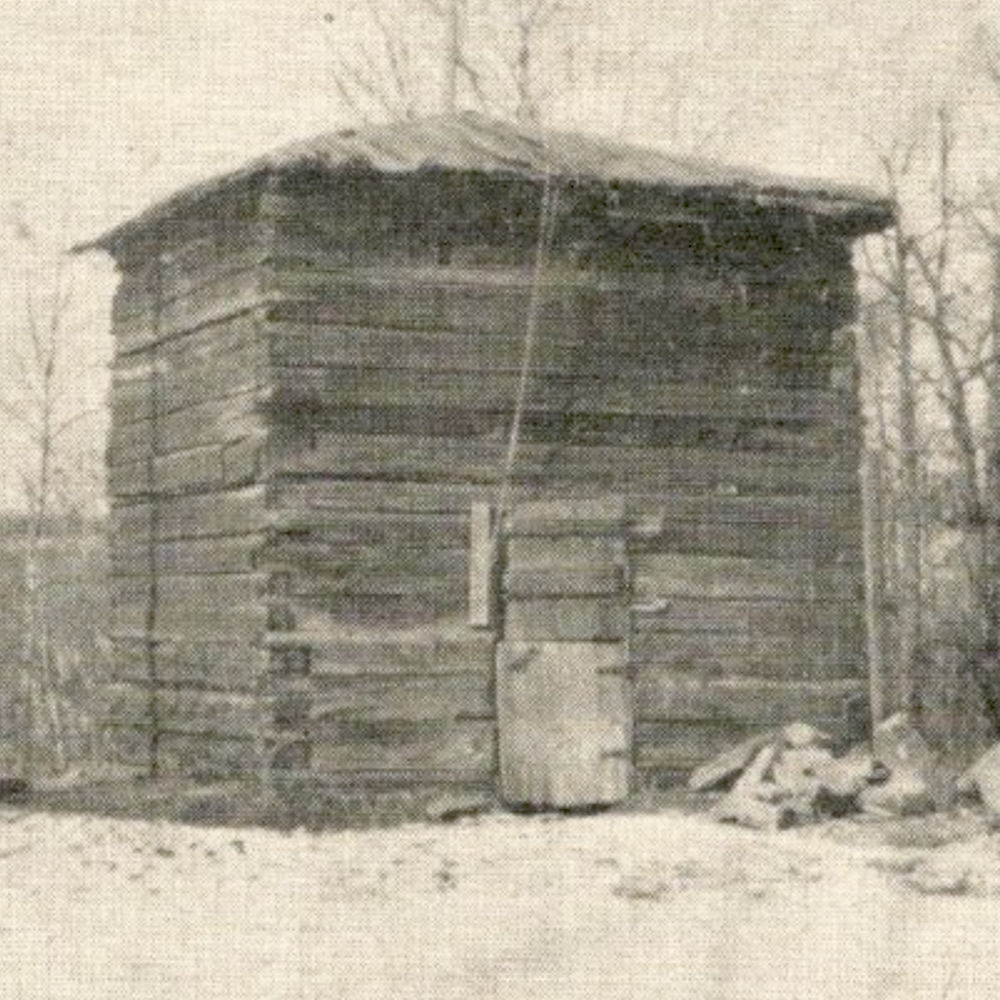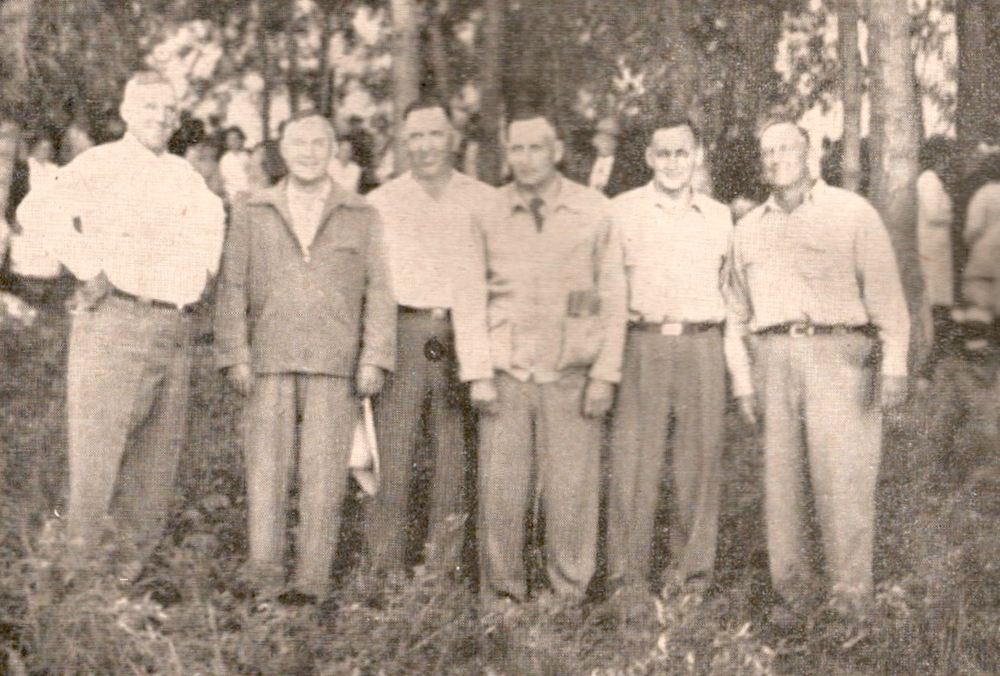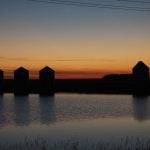History: The St. Mary and Milk Rivers Irrigation Development
By P.M. Sauder, M.E.I.C., General Manager, Western Irrigation District, Strathmore, Alta.
‘The St. Mary River rises in the United States in Glacier National Park on the Eastern slope of the main range of the Rocky Mountains, flows North-easterly into Canada, joins the Old Man River near Lethbridge, and eventually empties into Hudson Bay. The average annual flow of the St. Mary at the International Boundary is about 600,000 acre-feet, or sufficient water to irrigate 300,000 acres of land.
Read Also
History: Reminiscences of the North West Rebellion, 1885
Reminiscences of the North West Rebellion, 1885By Annie L. Gaetz ‘The seat of the North West Rebellion of 1885, was…
The Milk River rises in Northwestern Montana in the rolling foothills on the South side of the divide between the Hudson Bay and the Gulf of Mexico drainage basins and flows in an Easterly direction through Southern Alberta and Northern Montana to join the Missouri River in Eastern Montana. The average annual flow of the tributaries crossing the International Boundary into Canada is estimated at about 120,000 acre-feet, or sufficient to irrigate 60,000 acres.’
- More ‘History’ on the Canadian Cattlemen: Bunkhouse philosophy
Click on the image below to open a fully-readable PDF (a new window will open, the page may take a few seconds to load).
Comments and suggestions are welcome. You can reach us via the editor at [email protected].

















